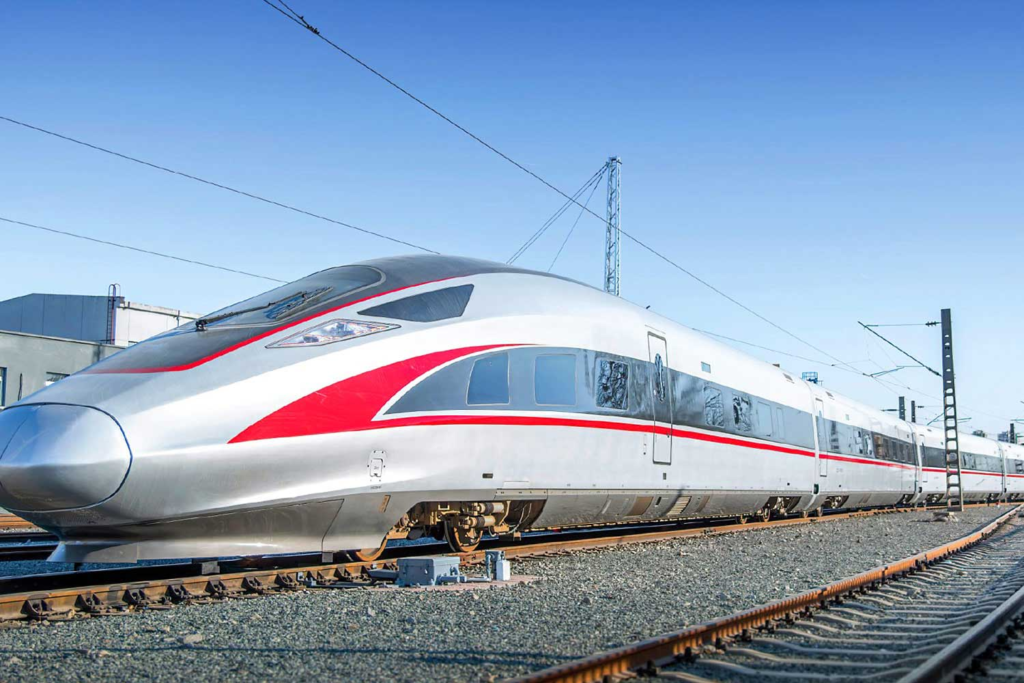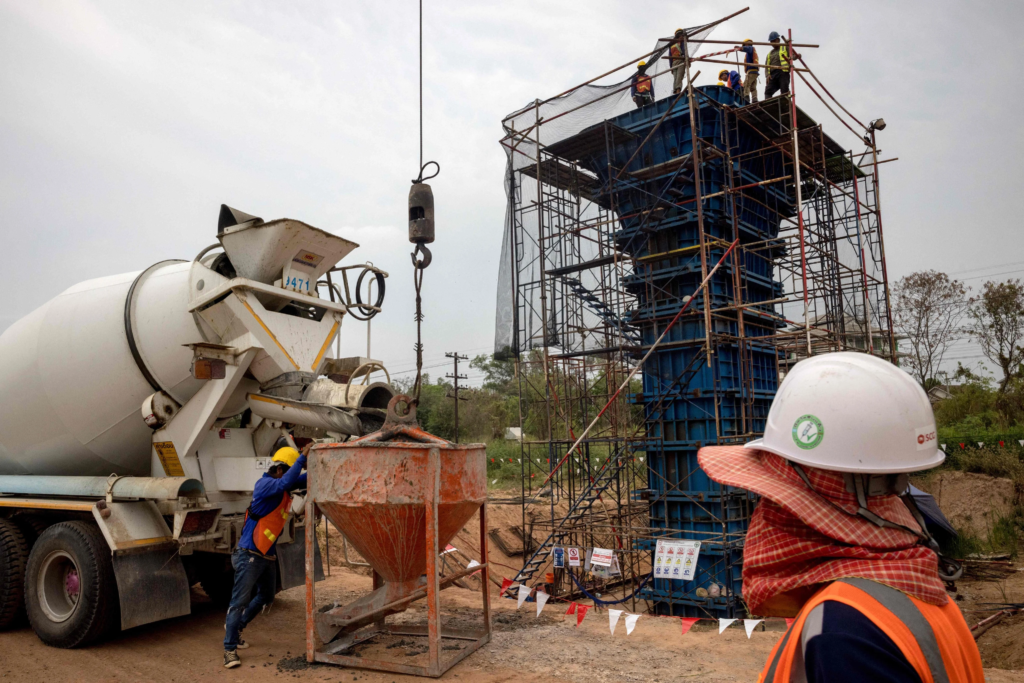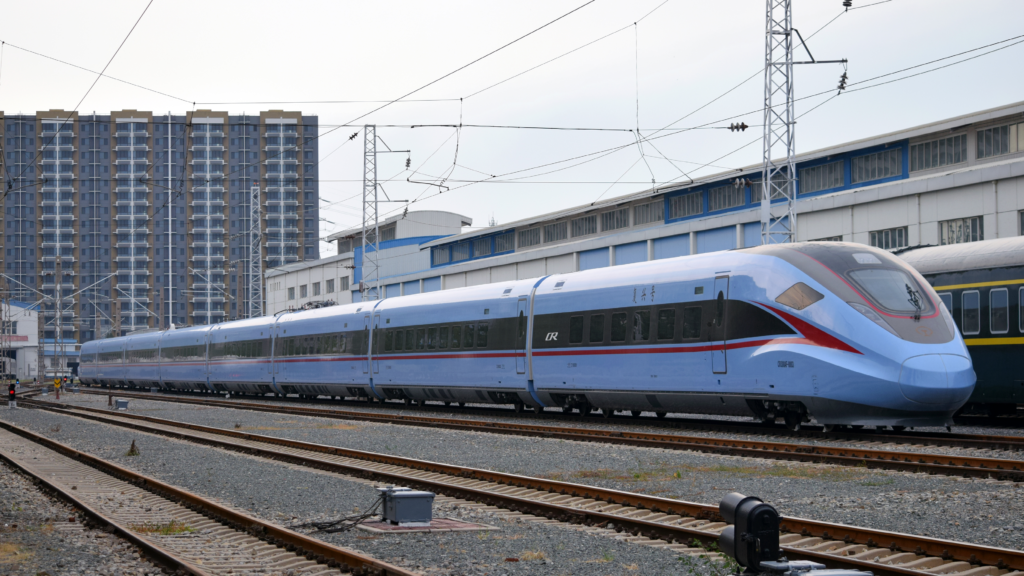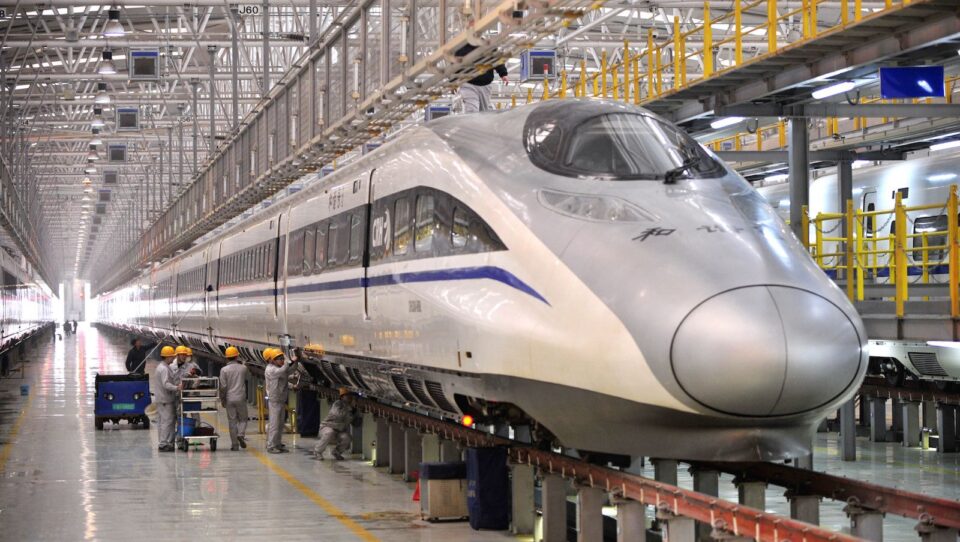According to a Chinese team, there has been an agreement in principle to transfer information, expertise, and technology in 11 areas of railway construction.
They are negotiating a line that will run from Kunming to Bangkok and claim that Thailand wants to play a “greater role in future cooperation.”

Chinese engineers participating in the negotiations claim that China has promised to share some of its know-how with Thailand in order to help the Southeast Asian country build its own high-speed railway system.
“Thailand has steadily grown more eager to design and build high-speed railways on its own as cooperation on the China-Thailand High-Speed Railway project intensifies. The group, lead by Gao Rui, published an article in the Chinese journal Railway Standard Design last month with the goal of playing a bigger part in future collaboration.
“China has agreed to transfer the technology to Thailand under the condition that it does not break Chinese laws,” said Gao, a senior engineer with the state-owned China Railway International Group and a member of its overseas engineering management and technical negotiations team. “This is in response to Thailand’s repeated requests for technology transfer and teaching on China’s high-speed rail technology at joint committee meetings.”
Companies and individuals in China are required by law to acquire official approval before exporting technologies that the government deems essential for either the country’s economic interests or its security.
The world’s largest high-speed rail system, constructed in China in only 15 years, is currently operational. The network is long enough to completely round the Earth at more than 40,000km (24,800 miles). Others looking to create comparable infrastructure quickly and inexpensively may find use for the nation’s engineering expertise, know-how, and technology.China, for instance, has created modular designs for railway stations and other infrastructure parts that can be easily put up on location. High-strength steel and concrete ties are two examples of new materials for railway tracks that have been developed in an effort to help lower maintenance costs over time.
According to Gao’s team, China and Thailand have “agreed in principle to conditionally transfer or pass on technology, skills, and knowledge in 11 areas” for the development of high-speed rail lines.
According to a railway scientist in Beijing who is not involved in the negotiations and asked to remain anonymous, technology transfers between organizations or countries can involve transferring patents, licenses, or other intellectual property rights.Typically, training courses, workshops, and other events are used to impart knowledge and skills. And while though these transfers are typically performed in exchange for a fee or other form of payment, the scientist said that “it can be free.”

Gao’s team believed that China could assist Thailand with knowledge regarding the materials used in building the railway tracks as well as the best methods for laying lines in various terrains.
Other skills that could be passed on include designing railroad stations for better passenger flow, constructing bridges over rivers and other bodies of water more quickly and affordably, stabilizing and securing the ground beneath railroad tracks, and knowing how to design and construct secure tunnels.
In the document, Gao’s team stated that more crucial pointers to enhance the caliber and speed of construction would also be given, ranging from land surveys and the management of surrounding water resources to tunnel lighting and the heating, ventilation, and air-conditioning systems in stations and other facilities.
The 873km China-Thailand railway will run from Bangkok in Thailand to Kunming in southwest China, with trains moving at up to 250km/h.
It is a crucial component of Beijing’s Belt and Road Initiative since it will form a crucial portion of the “southern corridor” that will link China to Southeast Asia. Chiang Mai and Nakhon Ratchasima in Thailand will be included in its route, and it will connect to other regional transportation systems including the Laos-China Railway and the Malaysia-Singapore High-Speed Rail.Through speedier and more effective freight transportation, more tourism, and the creation of new business prospects, the railway is anticipated to aid in facilitating trade between China and Southeast Asia.
Between Bangkok and Nakhon Ratchasima, a 250 km railway line is being built in the first phase, with China taking a significant part in the design and construction.
Between Nakhon Ratchasima and Nong Khai, which is situated on the Laos border, a 355km railway line will be constructed as part of phase two. The Chinese participation in this phase, according to Gao’s team, would be diminished, with Thai companies taking up more of the design and construction.
A railroad will be constructed from Nong Khai, Thailand, to Vientiane, Laos, as part of the project’s final phase. As part of the belt and road initiative, a piece of the route will connect with the Laos-China Railway.Negotiations on the Thai project were “very difficult,” according to the Chinese side. Thailand chose to employ a combination of government funding and private investment over China’s offer to finance the full project, putting negotiations on a more even playing field.

Among the topics discussed were China’s high-speed railway standards, which needed to be inspected and assessed by Thai officials to make sure they complied with the nation’s safety and regulatory regulations because they are not always in line with international standards.
The project’s Chinese engineering team’s credentials were also a problem. According to Gao’s statement in the publication, “China and Thailand do not have a mutual recognition mechanism for the qualifications of engineers and architects, so the Thai side does not directly recognize the relevant technical qualifications of Chinese technical personnel.”
She claimed that before they could work on the project, the Chinese engineers had to complete additional training and certification requirements.The Chinese side claims that the technology transfer is contingent upon Thailand adopting China’s high-speed rail standards.
Western nations like the US and Europe “have established industrial standards that have been in use for more than a century,” the authors wrote in the paper. Western values continue to have a big impact, even in less developed nations along the Belt and Road. Thailand’s subway construction frequently adheres to European or Japanese norms.
Chinese high-speed trains are capable of reaching 350 km/h, which is quicker than the majority of bullet trains in Europe and Japan. Additionally, they are often longer; the Beijing-Shanghai line’s Fuxing is almost 400 meters (1,300 feet) long, or almost twice as long as the TGV in Europe.
Additionally, China utilizes its own signaling protocol for their network, which is incompatible with that of Europe or Japan.
During the negotiations with Thailand, according to Gao’s team, the Chinese engineers insisted on utilizing their country’s railway standards because they believed it would be more economical and simpler to integrate with the region’s existing rail networks in China and other countries.
The article states that negotiations are currently ongoing between Beijing and Bangkok about the transfer of knowledge used in the development and construction of Chinese trains like the CRH380 series as well as other cutting-edge technologies like power supply.
China has patents on specific track materials and signaling systems that are utilized in its high-speed railway network; the negotiation team stated that this could be a topic of discussion.





